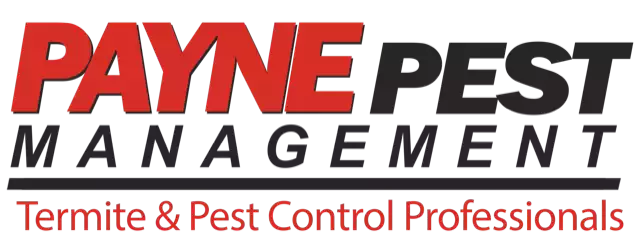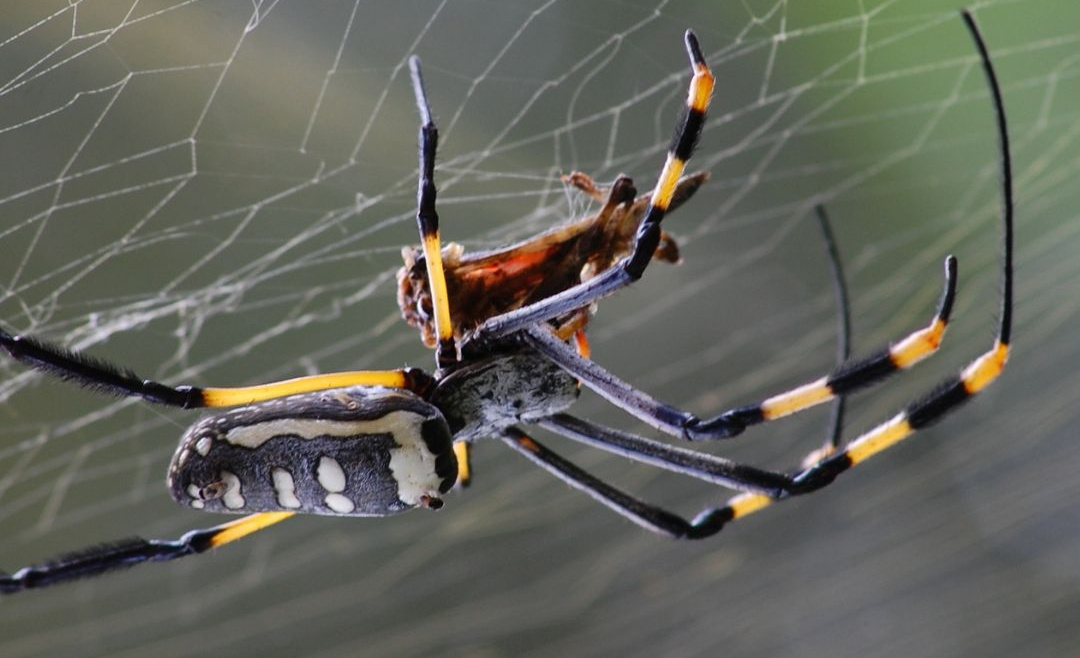With the arrival of spring, many homeowners find themselves facing a surge of pest invasions. It’s a well-known fact that as the weather warms, so does the activity of various pests, from pesky ants to elusive termites. While these home intruders may be small in size, they can cause significant damage to your property and even pose health risks to your family. This prompts the need for professional pest management services, and Payne Pest Management stands as the guardian ensuring your home remains a sanctuary from the pest onslaught.
In this comprehensive guide, we will explore the different pests that tend to appear in spring, the potential damages they can cause, and the range of services Payne Pest Management offers to mitigate these risks. Our mission is to arm you with the information and tools necessary to safeguard your home from the seasonal pest threats effectively.
Understanding Springtime Pests
Common Pests and Their Behavior
Spring brings a variety of pests, each with unique characteristics and behavioral patterns. Ants, for instance, begin to forage in search of food and establish new colonies. Termites, often dubbed as ‘silent destroyers,’ swarm once a year, typically in warmer weather when they seek to establish new colonies. Mosquitoes and ticks, known for their spread of disease, also become more prevalent as temperatures rise. Understanding the lifecycle and behavior of these pests is critical in pest prevention.
Health Risks and Property Damage
A pest infestation is not only a nuisance but can present significant health risks and property damage. Ticks and mosquitoes can carry diseases like Lyme disease and West Nile virus, while rodents may spread salmonella through their droppings. Termites alone cause billions of dollars in property damage annually, with the potential to devastate the structural integrity of a building.
The Payne Approach to Pest Management
Inspection and Evaluation
Payne Pest Management follows a systematic approach to pest control, beginning with a thorough inspection of your property to identify potential entry points and nesting areas for pests. This evaluation is critical in developing a customized treatment plan tailored to your specific pest issues.
Integrated Pest Management (IPM)
IPM is a sustainable and effective approach that combines the use of biological, cultural, and mechanical controls with the application of targeted pesticides. Payne Pest Management focuses on prevention through habitat modification and exclusion techniques, minimizing the need for chemical treatments.
The Role of Technology
Cutting-edge technology plays a significant role in modern pest management. Payne Pest Management employs advanced tools such as thermal imaging, termite detection systems, and state-of-the-art baits and traps to monitor and control pests with precision and minimal environmental impact.
Environment-Friendly Solutions
In line with the growing concern for the environment, Payne Pest Management offers a range of eco-friendly pest control options. These solutions are designed to be safe for your family and pets while effectively managing the targeted pests.
Preventative Measures for Homeowners
Maintain a Clean Home
Good sanitation practices, such as storing food properly, keeping a clean kitchen, and promptly disposing of garbage, are essential in deterring pests. Regular cleaning routines significantly reduce the availability of food for pests and eliminate their primary attractants.
Eliminate Standing Water
Mosquitoes require standing water to breed. By eliminating any sources of standing water, you can reduce mosquito populations in your immediate area. Be vigilant in checking for water accumulation in areas such as bird baths, flower pots, and gutters.
Seal Entry Points
The tiniest crack or crevice can serve as an entry point for pests. Sealing these openings with silicone caulk or steel wool can prevent pests from entering your home. Pay particular attention to areas where utility lines enter, as these often have gaps that need to be sealed.
Landscaping and Home Maintenance
Trimming bushes and trees away from the house and keeping a well-maintained yard can significantly decrease the likelihood of pests finding a home on your property. Additionally, regular home maintenance, including repairing screens and checking for leaks, can help keep pests at bay.
Dealing with an Active Pest Infestation
Despite the best preventative measures, pests can still find their way into your home. When an infestation occurs, quick and effective action is necessary to prevent the problem from escalating.
Signs of an Infestation
It is important for homeowners to be able to identify the signs of an infestation early. This may include seeing actual pests, noticing droppings, or finding structural damage in the case of termites.
DIY Solutions vs. Professional Intervention
While DIY solutions can sometimes resolve minor pest problems, a professional intervention is often necessary for more significant infestations. Payne Pest Management has the expertise and tools to effectively eradicate pests from your home.
The Payne Process for Eradication
Upon discovery of an infestation, Payne Pest Management deploys a combination of treatment methods tailored to the specific problems at hand. These methods may include the application of targeted pesticides, the use of traps and baits, and the implementation of exclusion techniques to prevent the return of pests.







